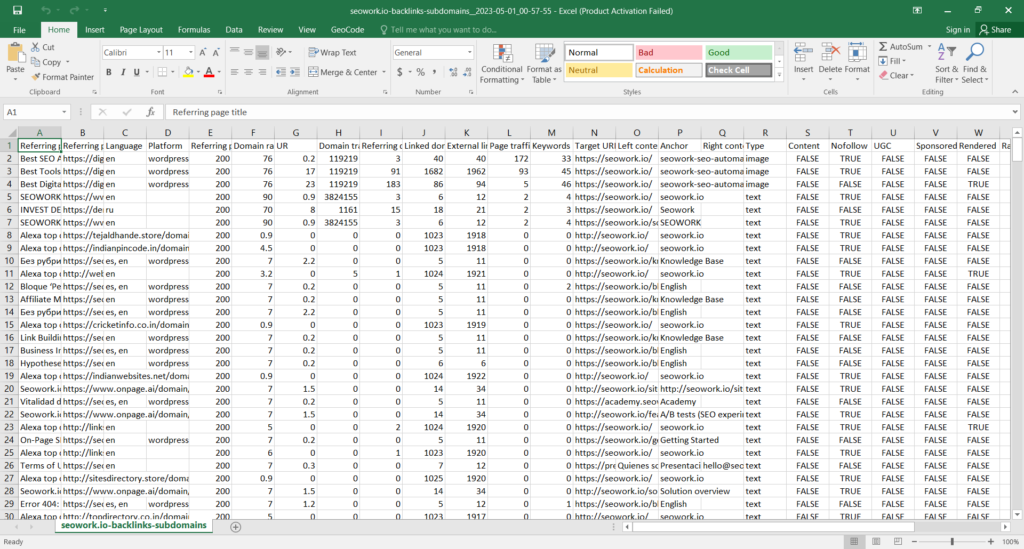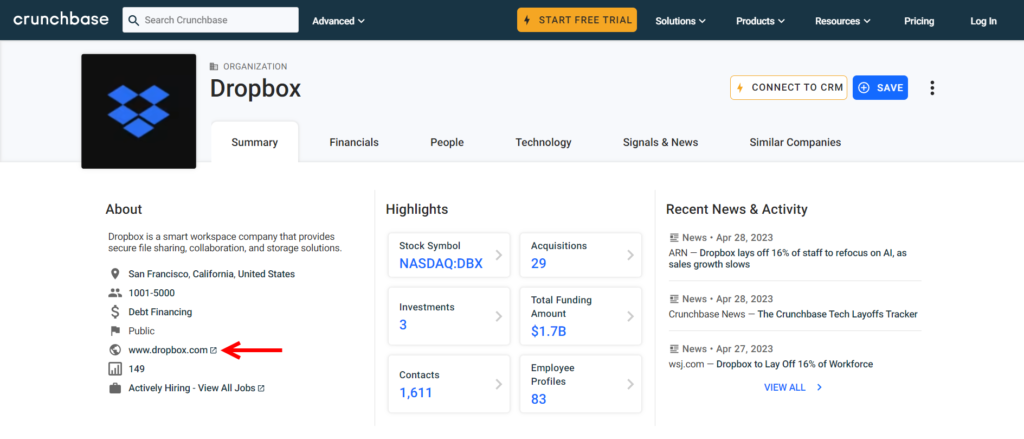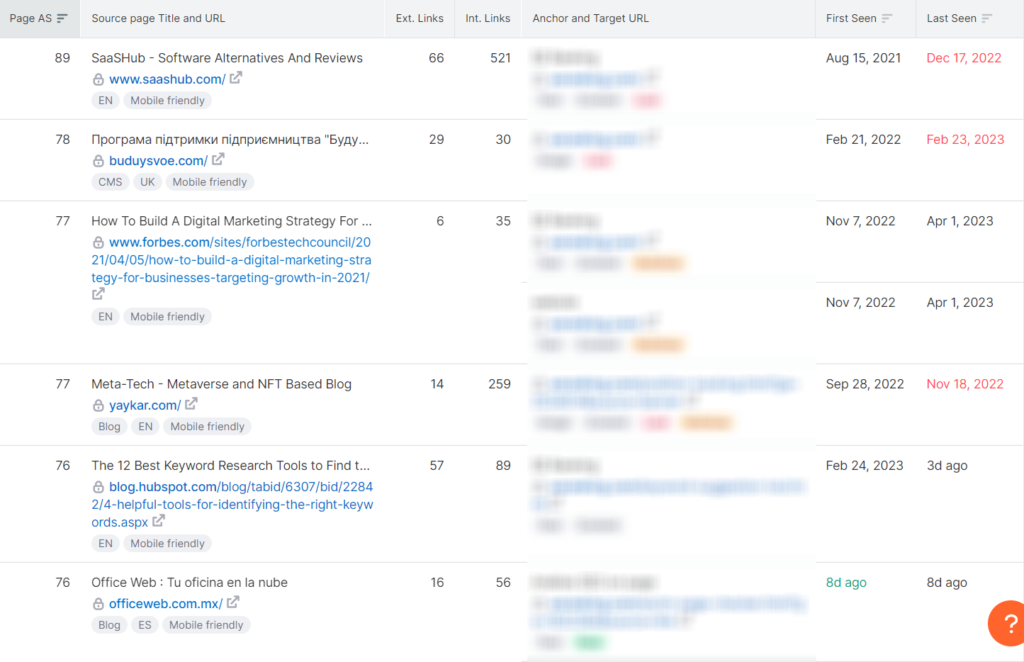It’s no secret that the Google algorithm uses links as a fundamental measure of trust. This makes backlinks the most important ranking factor. Not only are backlinks a signal of trust from other websites to yours, but they also pass “link juice” or PageRank or whatever you want to call it.
Of course, the aim of building backlinks is not just to attract web traffic from the links themselves. Rather, the ultimate goal is to increase your visibility in Google search results and rank higher for keywords that you target.
However, there are a million ways to build links the wrong way – and get penalized as a result. And link building by itself is never enough – you need to get your technical SEO right too, so that it is crawled and indexed and brings visitors. Moreover, once visitors come to your site, they must be able to find exactly what they’re looking for. In this article, we’ll discuss some great approaches to link building that work very well today.
Analyze Your Competitors
Building a list of your competitors is fundamental to succeeding in SEO and link building. And it’s easy to get this wrong. First of all, just because you’re online doesn’t mean the whole world is your competition (because the whole world is not your market). Just because a website is ranking for keywords you want, they’re not your competitors.
On the other hand, if you operate a local business and see a shop across the street as your competition, it’s possible they aren’t really, because they might not have a strong internet presence.
You need to keep checking the top 10 or 20 results for all of your keywords. Then too, depending on your niche, you need to exclude the mega-budget players. It’s safe to say you can’t compete with Amazon or Flipkart or HubSpot. You need to see who is at your level and who can you get ahead of in the short term.
The lesson here is, competition on the Google SERPs is never the same. Expect the unexpected.
The way to start your competitor analysis is to come up with a small list of your competitors, pull their backlinks and associated metrics from an SEO tool you like – Ahrefs, Semrush, Majestic and Serpstat are a few good ones – and analyze their backlink profiles.
Usually, you end up with a comparison table that looks like this:

You can check the details of each one and see each and every backlink they’ve got. And then just export it into an Excel or Google sheet.

Make sure you understand the various metrics related to links, so that you know the exact value each link brings to your site and web page. Domain Rating / Domain Authority are the most important kind – site authority metrics. URL Rating / Page Authority are important on a page level.
An ideal ratio of low DA to high DA backlinks within your overall profile is 60:40. Such ratios are controversial and debatable but sometimes they serve as rules of thumb or guidelines to follow while starting out.
You need to mimic the backlink profile of your competitors. Begin by approaching the same sites and try to get links with similar or better anchor text. Also keep an eye on the pace of link building – you shouldn’t be building links much faster or slower than your competitors.
Have Your Own Ideal Mix of Links
The ideal mix of links is one that contains different types of links and links built from different sources.
Firstly, you need a lot of good articles talking about your product, service or brand. This can be done via guest posting. Serpzilla can help you with getting great guest post links. You can buy backlinks in existing articles, write your own content and choose the sites they will be published on, or even order copywriting from the publisher. We guarantee the link will be indexed and stay up there for a long time.
Boost your SEO results! Link building has become fast and easy with Serpzilla. Buy quality backlinks on authority websites with high DR.

The other option is to do guest posting manually. Typically, this applies where you have a few sites in mind that aren’t in our database. It takes time and effort, but it is definitely possible.
You can also build links from different forums and QA websites related to your industry. Create a profile on these forums, give answers where you can show your expertise, and insert contextual links to your pages where appropriate. Like guest posting, this is an effort-intensive manual process but very natural. It has decent value and the links you build will be highly relevant.
Another tactic is to create linkable assets – in-depth educational materials and resources that are super-useful to your audience and customers. These could be:
- Ebooks and whitepapers
- Recorded webinars
- A branded course/certification
- Free or freemium tools or plugins
- Infographics
If you make PDF files for any of the above, include links to your landing pages within the PDF.
The list of types of links is endless. Other than the above, you can build links in the following ways:
- Submit your details to various business listing sites in your industry and get a link back from your company profile.
- Post your openings and vacancies on job websites and get a link back from the listing.
- If you have physical locations, you can get backlinks from geo and map-based sites. This will help you in local SEO.
- Submit your product or service to online review sites in your niche.
- If you’re taking part in or sponsoring industry summits, events or conferences, it will be a great privilege to get a backlink from your profile on these sites.
- Exchange links with your business partners and vendors. Ask them to list your brand in the partner section of their websites.

Get Your Targeting Right
The quickest way to build a critical mass of links is to pay close attention to the quality of those links and the sites they come from. Remember, all backlinks are not perfect or high quality (as you can conclude from a quick look at your competitors’ backlinks). Understanding this is the key to building a “natural” link profile.
So how do you assess the authority, credibility and relevance of the target sites from which you want to get backlinks?
Analyze their backlink profile, of course! The same way as you did the competitor analysis. Run their domain past your favorite link analysis tool.

See how many backlinks they have, how many unique referring domains, the percentage of bad links, the spam score, the amount and types (direct, referral, organic) of traffic they get (and from which sources), and so on.
It’s fairly important (although not always necessary) that the target site be relevant to your industry. It might be a general media publication, but if they have a section that’s related to your niche – say, lifestyle – then you need to know what percent of their readers check out their lifestyle stories. It would also do you good to check the predominant geographic regions where this traffic originates and the demographics of these visitors if possible.
And of course, you shouldn’t miss the critical link metrics such as DA and PA.
Remember, you are not looking for perfection – you are looking for “decent enough” or what works. You need to pick and choose carefully but not hold yourself back too much. The only thing to keep in mind is not to amass links too fast. Buy every day, every week, every month, but match the pace of your closest competitors and your industry as a whole.

In Conclusion
To reiterate, the number and quality of backlinks are a make-or-break ranking signal for your website. Once your website is good on the on-page and technical SEO parts, you can go all out with a perpetual link building campaign.
Reach out to publications, forums and all kinds of sites and platforms and try to get links from them. Hire a team, a freelancer or a VA if you want. Better yet, use link building and automation tools like Serpzilla to speed up and prioritize your campaign and control it yourself.
We hope the strategies given in this article will help you figure out the right mix of links to build. Keep monitoring and analyzing your backlink profile and you’ll be A-OK!







